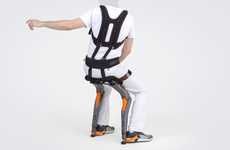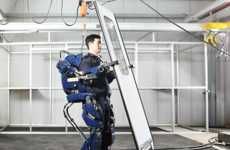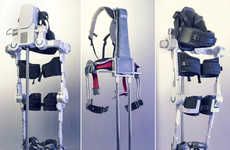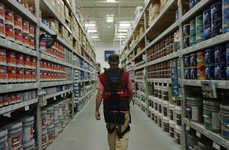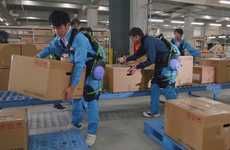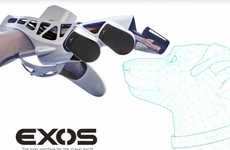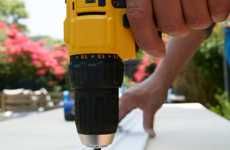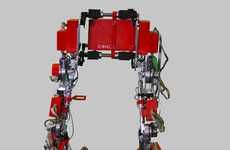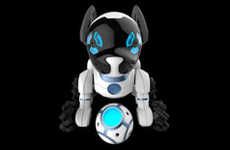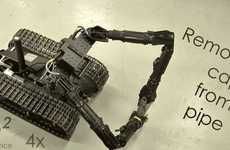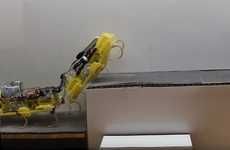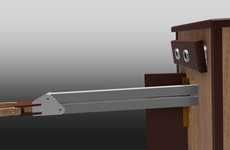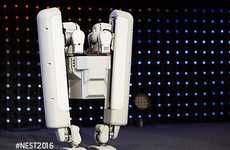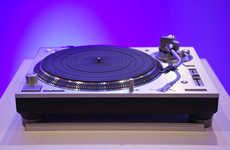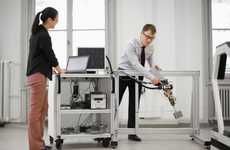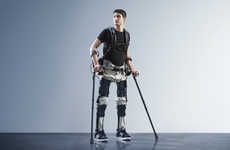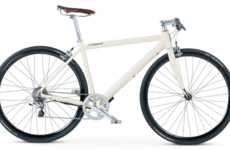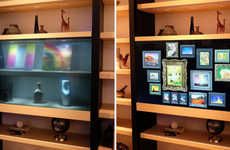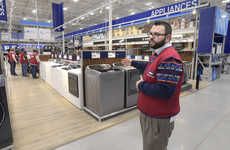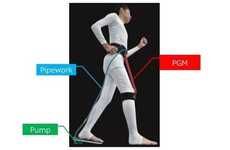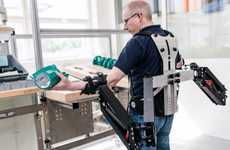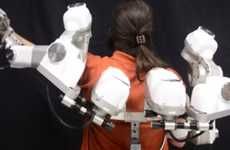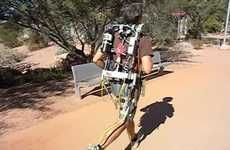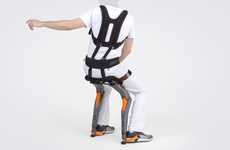
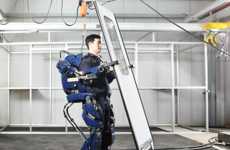
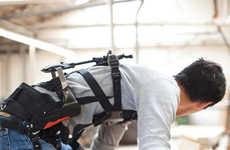
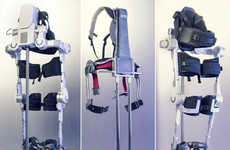
Exoskeletons are helping workers across a variety of industries
Exoskeletons are being used to protect laborers and simultaneously make them more productive. This emerging technology is being employed by companies seeking to improve the quality of work their employees do, while ensuring they are also taken care of. As technology continues to replace people in the workforce for cost and productivity purposes, these protective exoskeletons work to merge the two to find a more advantageous middle ground.
Workshop Question - As your brand seeks to put in place more productive processes, how can it merge its workforce with tech, rather than having the latter replace the former?
Trend Themes
1. Wearable Exoskeletons - The development of wearable robotic suits and exoskeletons is aimed at improving the lives of manual laborers, enhancing mobility and increasing comfort while reducing pain and injuries.
2. Lifting Assistance Robotics - Non-motorized and powered exoskeletons are being designed specifically to help laborers carrying out their manual jobs in a range of fields like healthcare, military, retail, warehousing, and mining.
3. Supportive Exoskeletons - Flexible wearable chairs are being created to offer a solution to factory workers to sit down before quickly jumping to their feet to complete the next task.
Industry Implications
1. Manufacturing - Robotic exoskeletons and suits are being used and developed with the motive of enhancing worker comfort, increasing productivity and reducing injuries and fatigue.
2. Healthcare - Medical exoskeletons have been created to help with rehabilitation, increasing mobility, providing support for those with limited mobility as well as increased strength for caregivers.
3. Retail - Retail is integrating robotics and exoskeletons as a means of providing physical support to employees by enabling them to work longer hours in an effort to increase productivity.
